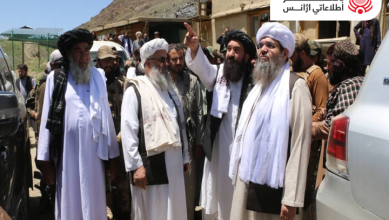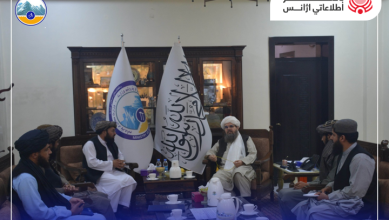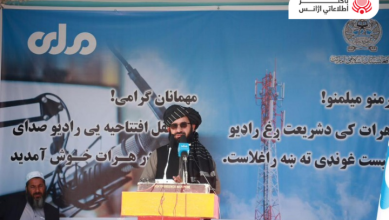
Sunday November 1, 2015
Kabul (BNA) In 1947, beside other archaeologist researches, the American archaeological mission had also visited some parts of Ghazni and beside researches, they started work on Navah desert and at the outcome, the most ancient and old archaeological relics were discovered and their background reached to the stone age with at least 100000 years age.
The ancient city of Ghazni enjoys historical, strategic importance and due to high proves that historians made a lot of comments on this area. 1000 years ago it was a valuable and important region and the then rulers like Sultan Mohammad Ghaznawi and others set up foundation of other civilization in it and it has been extended from ancient history to the twenty first century. Today we research on it, find important signs and trace it history. The Greeco historians in their historical texts had called it as Karsona which is the present day region of Ghazni.
It’s signs were seen at least 3000 years before Chirist birth and its remnants are seen even today which were recognized and identified 500 years ago in this region and province and a lot of signs of human being life were discovered and found. The remnants of the then residents are seen in Nawar area of Ghazni who lived there before Ariayees in caves. Thus the relative signs of life in Ghazni reach over 50000 years back. Ghazni was the shelter of scholars, scientists, writers, poets who had gathered in the courts of the then rulers and kings and wrote works. One of them is Sanayee Ghaznawi who had lived here and for the first time had written mystical poems, there. Up on beginning of official archeological researches in Afghanistan, this process was extended to Ghazni by archeologists too and in 1923 a French archeological mission arrived in Ghazni. Although it was for a short time but it unearthed a large number ancient samples of Islamic civilization in Ghazni. In 1967, following the French archeological mission, Italian archeologists visited separate parts of Ghazni and researched them.
In 1947, beside other archeologist researches, the American archeological mission had also visited some parts of Ghazni and beside researches, they started work on Navah desert and at the outcome, the most ancient and old archeological relics were discovered and their background reached to the stone age with at least 100000 years age. The recent researches have shown that the unearthed relic’s background goes to 100000 years. A well-known ancient site located on the western part of Ghazni city called Nawar dessert that an American archeologist was the first person who surveyed and researched it who discovered remnants of ancient men and people and their thousands work instruments most of them were stone made. Beside that several forts, towers and graves show that Ghazni was an ancient site and center of civilization. The Sardan Hill in Shahbahar dessert there is a temple which narrates a Buddhist civilization. The shrine of late king Sultan Mahmmod Ghaznawi, the minaret of 3rd Massoud and other relics are indicator of Islamic civilization in Ghazni which all of them have given the name of Islamic civilization capital to Ghazni. Waqar Ahmad Mohmand




